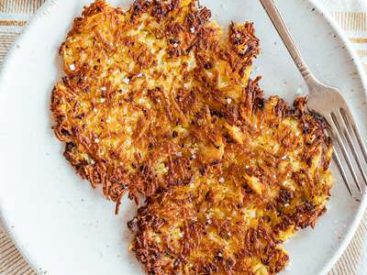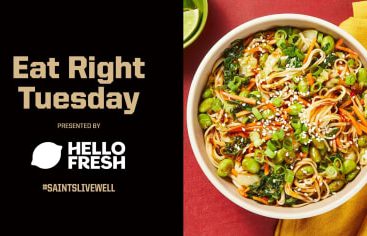In her debut cookbook, The Modern Tiffin , Priyanka Naik (CAS’10) makes vegan food accessible and whimsical with her globally inspired recipes. Photo by Melissa Hom Priyanka Naik (CAS’10) combines her Indian American upbringing, her wanderlust, and the art of the compartmentalized lunch box in The Modern Tiffin Priyanka […]
Delicious!
Delicious!



